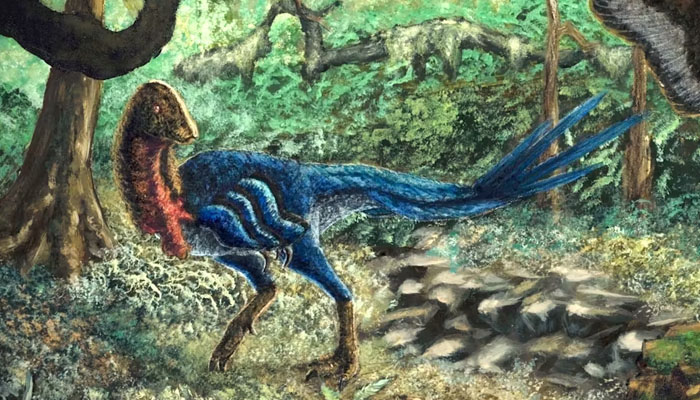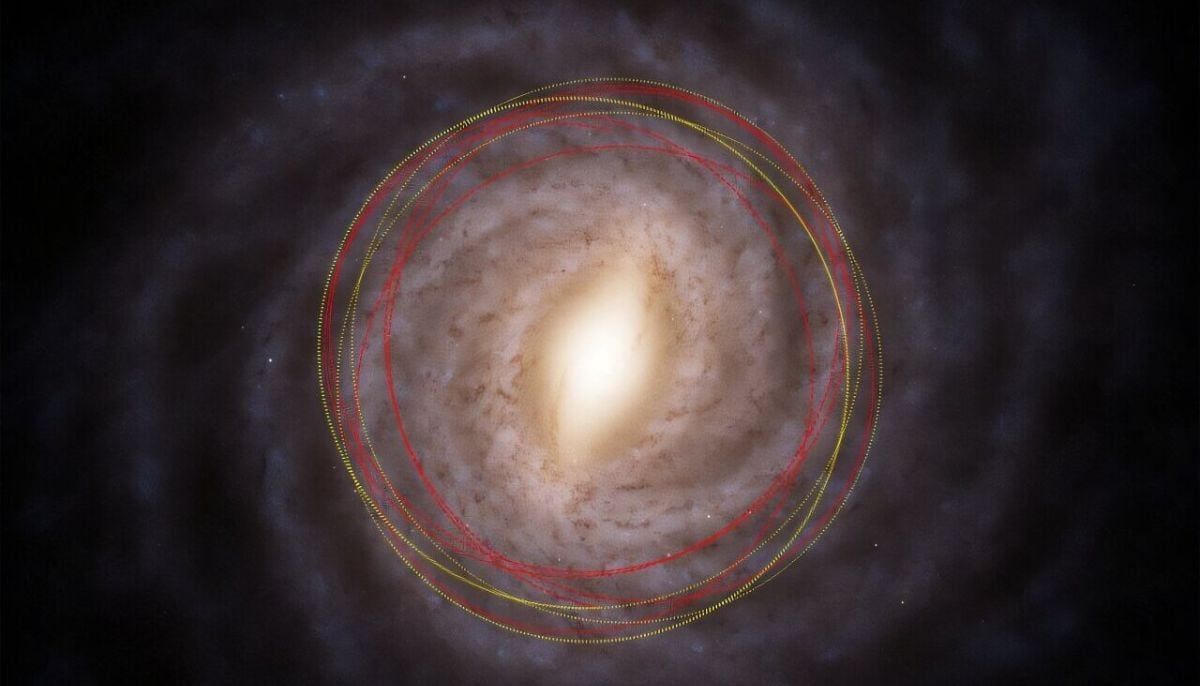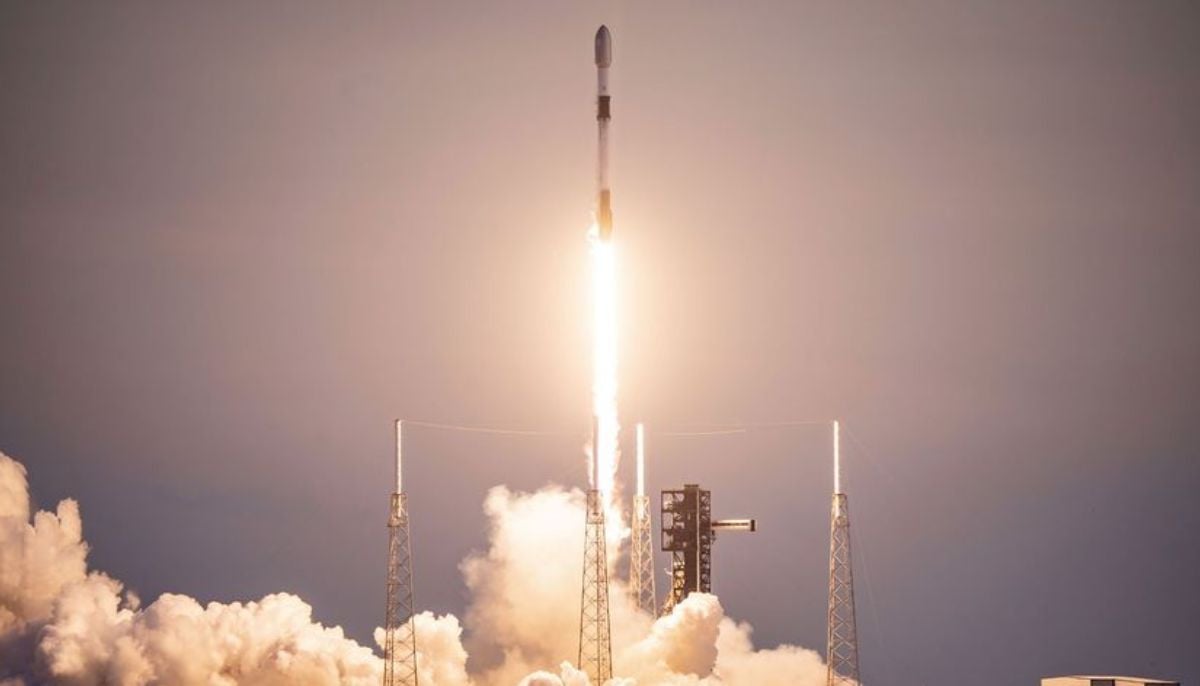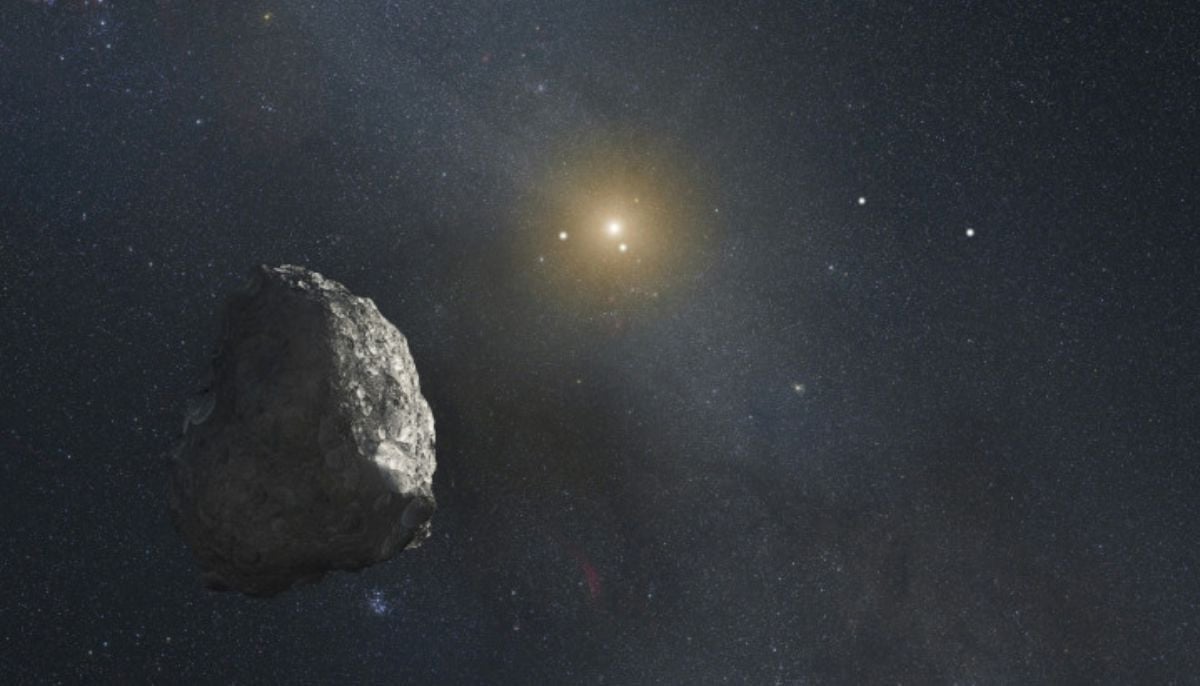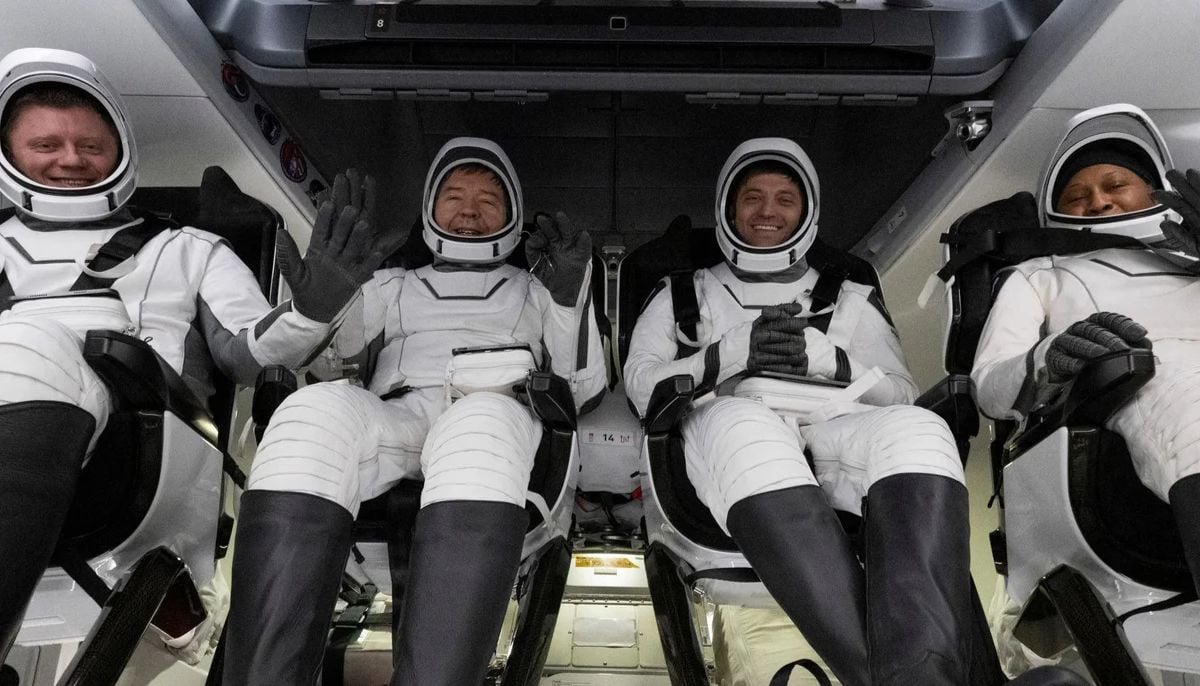US researcher discovers dinosaur 'chicken from hell' after purchasing fossil online
Dinosaur "chicken from hell" is said to have originated from South Dakota dating back to around 65.5 million years
A graduate student buying fossils online for a class project ended up finding a previously undiscovered dinosaur known as "pharaoh's dawn chicken from hell," who roamed Earth during the late Cretaceous period (100.5 million to 66 million years ago).
It is thought to have originated from the South Dakota section of the Hell Creek Formation, which dates to around 65.5 million years ago, as per a study published Jan 24 in the journal "PLOS One".
Lead author of the study Kyle Atkins-Weltman, an Oklahoma State University PhD student, told Live Science that in 2020, he spent $5,000 for four fossils because he couldn't find the bones he needed to finish one of his initial research projects.
The fossilised hind limbs were thought to belong to Anzu wyliei, a dinosaur that resembled a cassowary and was dubbed the "chicken from hell." But after having the fossils scanned, Atkins-Weltman found they belonged to an undetermined species.
"I felt my heart skip a beat," he said. "I was like, is this really happening to me this early in my career?"
The new species was given the name "Eoneophron infernalis" by Atkins-Weltman after much deliberation. The name Eoneophron is a combination of the Greek words "eos," which means "dawn" and designates the species as old, and "Neophron," which is the genus name for Egyptian vultures, commonly known as "pharaoh's chicken."
The allusion to "Pharaoh's chicken" means that Atkins-Weltman honoured his recently departed pet Nile monitor lizard, named "Pharaoh," in addition to using the chicken moniker of Anzu wyliei.
"He was an important part of my life," Atkins-Weltman, who has autism, said. "He was an emotional support animal, and he helped me get through the most difficult parts of being a scientist and dealing with all the stress and everything that comes with it."
-
World oceans absorbed record heat in 2025, may trigger intense climate crises, says report
-
February full moon 2026: Snow Moon date, time and visibility
-
Watch: Beautiful northern lights dazzling over Greenland's skies
-
Wildfires are polluting our environment more than we thought: Find out how
-
3I/ATLAS flyby: Why is Jupiter’s 96th Moon drawing intense scientific interest?
-
NASA spacewalk 2026: Medical issue prompts rare talk of early ISS crew return
-
Comet 3I/ATLAS: Scientists examining images they cannot easily explain
-
Wolf Moon 2026: Will the full moon outshine the Quadrantid meteor shower?
